Despite being the 22nd largest city in the UK, Belfast is the most congested city – even more so than London. Poorly designed urban infrastructure and dismal public transport services are the leading causes of this problem, so whilst it may be difficult to perform massive overhauls of the traffic system in central Belfast, there is a lot of scope to improve the public transport infrastructure. Since the DUP may be getting in the range of £1.5 billion over the next two years as a result of their confidence and supply deal with Theresa May, we feel some of that money could be used to help give public transport in NI a much needed overhaul.
Translink is under-utilised by the population, partially due to it’s poor reputation and arguably inadequate services for most of the country. The ever rising ticket prices only discourages people further, causing a revenue loss and further price hikes and service cuts. To address the problem with Translink we need to look at the underlying problem, people don’t want to take public transport in NI.
The Travel Survey for Northern Ireland (TSNI) 2017 taken at the start of the year found that just 17 percent of the public travelled on a bus once a week or more, whilst only 3 percent travelled by train once a week or more. Most notably, when asked what would encourage them to use local public transport more often, the most popular answers were cheaper fares (28 percent) and more frequent weekend services (19 percent).
Not only could improving NI’s public transport services improve the level of congestion on our streets, it would save fuel by reducing traffic, reduce emissions, improve air quality in the city centre, make Belfast and NI a more tourism friendly place, and create a thriving transport sector in NI – one that could create numerous jobs.
The goal is to make Translink the most widely used form of transport in the country and lower the cost of tickets for everyone, so to do that we need to offer big incentives in terms of ease of use and cost to give the public every opportunity to move towards using Translink in their day-to-day lives.
Solution
Our proposal involves the introduction of new monthly/yearly passes for Translink – the idea here is to not only spread the cost of transport across more of the population, it is to encourage use of public transport as the cheapest and easiest option. Long term passes help to improve boarding times (which saves money and speeds service) and reliance upon having the correct change. This requires very little updating of technology – simply administrative costs to roll out the scheme.
We NEED to incentivise people to use the bus or train rather than driving everywhere, and this new tiered ticket system will promote travel across the country!
*Before we start any maths, we want to make it clear that these numbers are both optimistic and speculative. We wanted to see if the concept was workable on a Northern Ireland wide scale so we tried to be positive when considering the rate of uptake on the proposal and the amount of people who would sign up.*
Categories of passes
- Metro
- Ulsterbus
- NI Rail
- Goldline
| Week | Month | 2 Months | 6 Months | 1 Year | |
| Tier 1 (1 of the above categories) | £10 | £30 | £50 | £120 | £200 |
| Tier 2 (2 of the above categories) | £15 | £45 | £75 | £180 | £300 |
| Tier 3 (All of the above categories) | £20 | £60 | £100 | £240 | £400 |
Ultimately the goal is to have as close to 100% of the population as possible purchasing the 1 year passes, but the tiered system helps those on lower incomes, and visitors who may only be staying for shorter periods of time. This simplified system would streamline the administrative costs and eliminate some of the more restricted, confusing, and somewhat pricey long term ticket options currently available. The model is based on the public transport system from Innsbruck, Austria – a city with a similar population but a far superior public transport infrastructure.
These passes would help to integrate a fractured system, with 4 different types of transport service within such a small country, it can be confusing as to what tickets are valid where – especially for tourists and those who are new to taking public transport.
In 2015/2016 Translink’s gross revenue was around £202 million (which actually resulted in an almost £2 million loss). If our proposed system was implemented, we think we could come close to that figure, without even taking into consideration individual fare payments.
There are currently just over 1.8 million people living in Northern Ireland with 66.1 percent falling between 15 and 65 (we can’t include over 65s in the customer-base as they already get a free bus pass), which means that 1,189,000 people are roughly of working age and are potential Translink customers.
Next we have eliminated 20 percent of that figure, to account for those who will never use public transport, thus giving us a potential customer base of 951,840 people. If we can manage to get 2/3 of these people on board in ordering our long term passes, then Translink profit would increase significantly.
Of these estimated 645,000 customers in NI, we figure that around 50 percent would take the long term passes in equal measure
1 year tier 1 £200 x 110,000 people = £22 million
1 year tier 2 £300 x 110,000 people = £33 million
1 year tier 2 £400 x 110,000 people = £44 million
Giving us a total of £99 million in yearly revenue from year-long passes.
Next we have to consider the usage rate of the rest of the passes from the rest of the 315,000 estimated customers
| Number of Customers | Type of Pass | Cost (£) | Frequency of Purchase Per Person | Yearly Revenue (£) |
| 26,250 | Tier 1 – 1 Week | 10 | 14 | 3675000 |
| 26,250 | Tier 1 – 1 Month | 30 | 5 | 3937500 |
| 26,250 | Tier 1 – 2 Months | 50 | 2 | 2625000 |
| 26,250 | Tier 1 – 6 Months | 120 | 1 | 3150000 |
| 26,250 | Tier 2 – 1 Week | 15 | 14 | 5512500 |
| 26,250 | Tier 2 – 1 Month | 45 | 5 | 5906250 |
| 26,250 | Tier 2 – 2 Months | 75 | 2 | 3937500 |
| 26,250 | Tier 2 – 6 Months | 180 | 1 | 4725000 |
| 26,250 | Tier 3 – 1 Week | 20 | 14 | 7350000 |
| 26,250 | Tier 3 – 1 Month | 60 | 5 | 7875000 |
| 26,250 | Tier 3 – 2 Months | 100 | 2 | 5250000 |
| 26,250 | Tier 3 – 6 Months | 240 | 1 | 6300000 |
| Total Revenue | 60243750 |
Giving us a total of £150 million in revenue with only 2/3 of the potential users targeted – once combined with daily fares from both local citizens and tourists, we believe that this is a viable step forward in terms of finding new and innovative ways to lower transport costs and increase use of the existing and (hopefully) soon to be expanded infrastructure. There is the possibility of spreading the payments over a number of months (especially for the year-long passes) to increase revenue further and allow lower income individuals to easily afford to use public transport.
Whilst there are clearly other issues to sort out regarding Translink, these are things we want to address in the future. There are clearly issues with routes, service times, punctuality, and frequency, but all of these issues can only be addressed once the underlying issue of cost is addressed – these measures would ideally allow for more money to be invested in extra buses, drivers, routes, and extended service hours. Translink is not beyond repair, it just needs some fresh thinking to push it back in the right direction.
If you enjoyed what you read here you can follow us on Facebook, Twitter, and Instagram to keep up to date with everything we are covering, or sign up to our mailing list here!
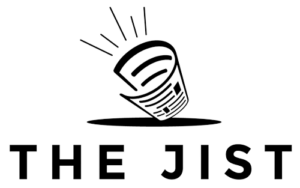
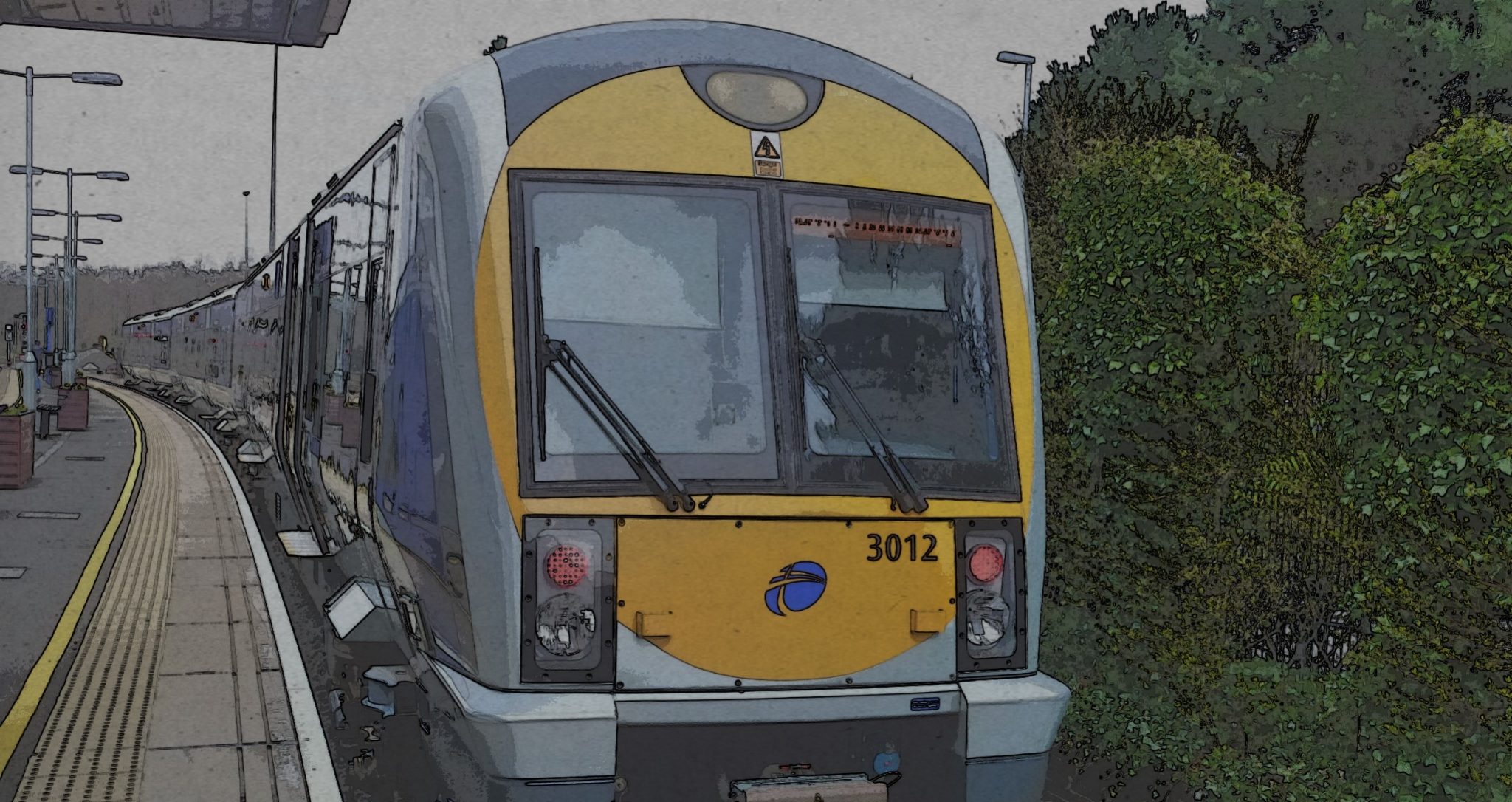
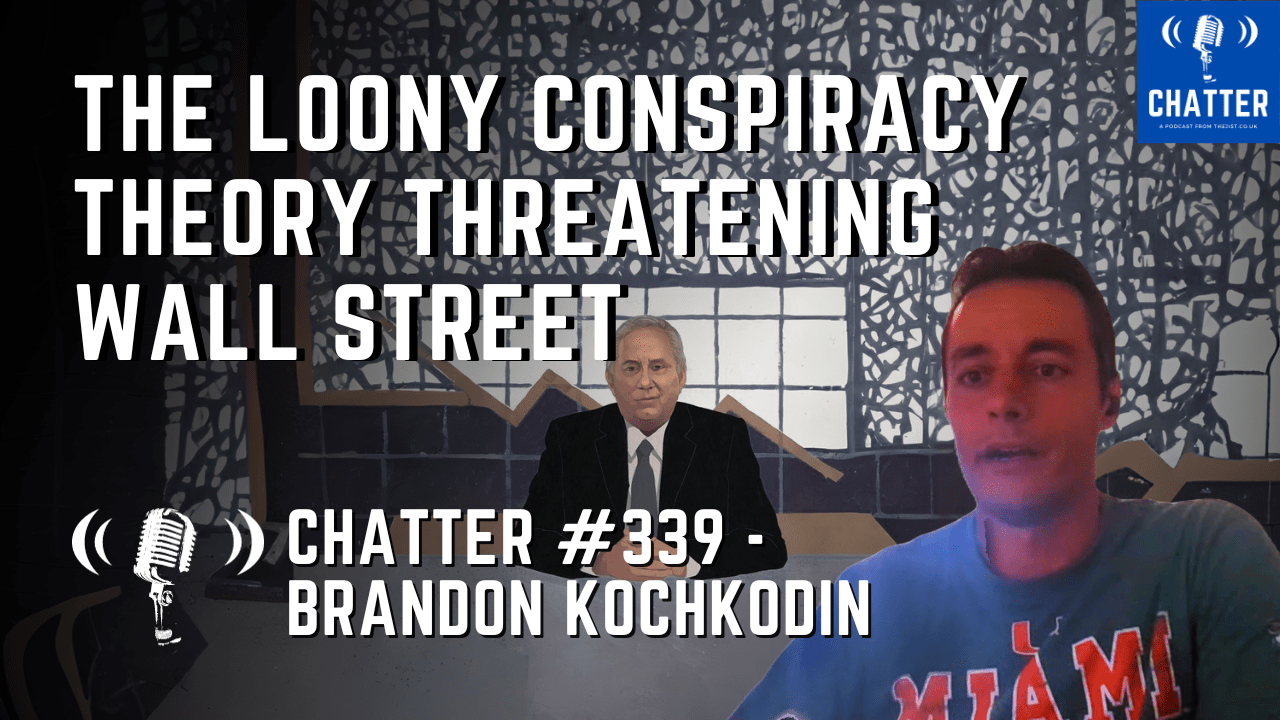
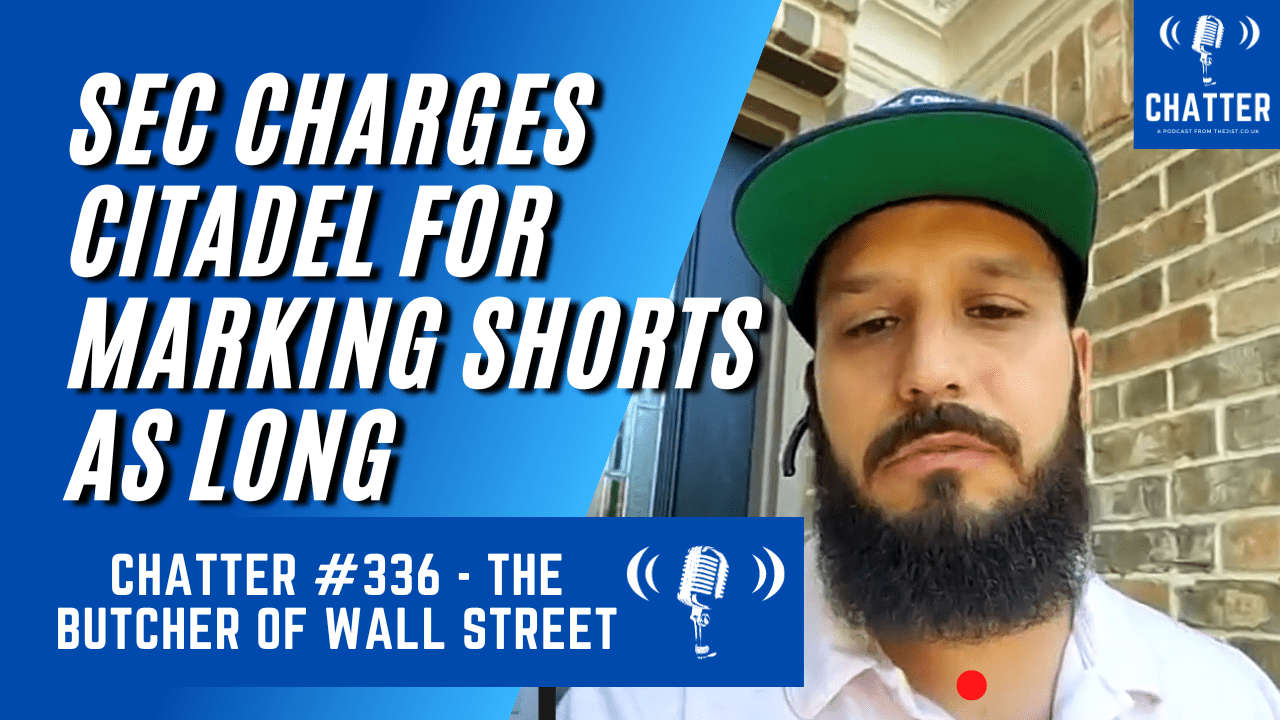
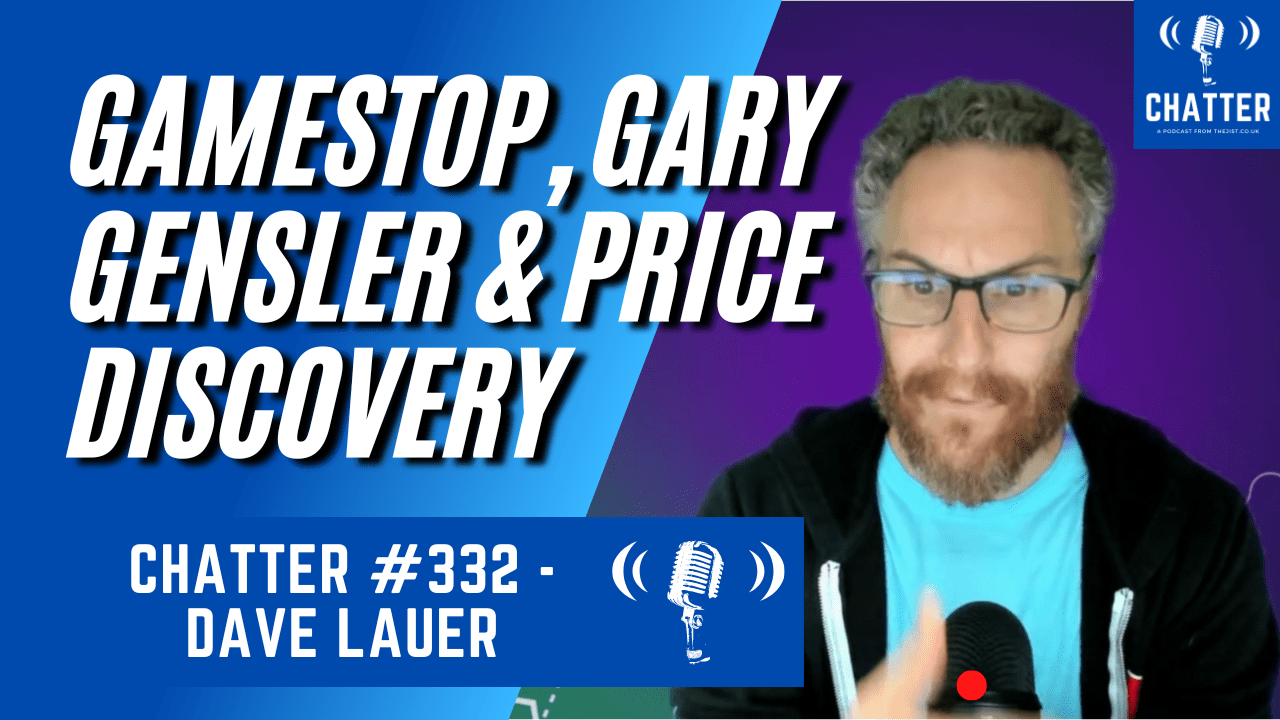
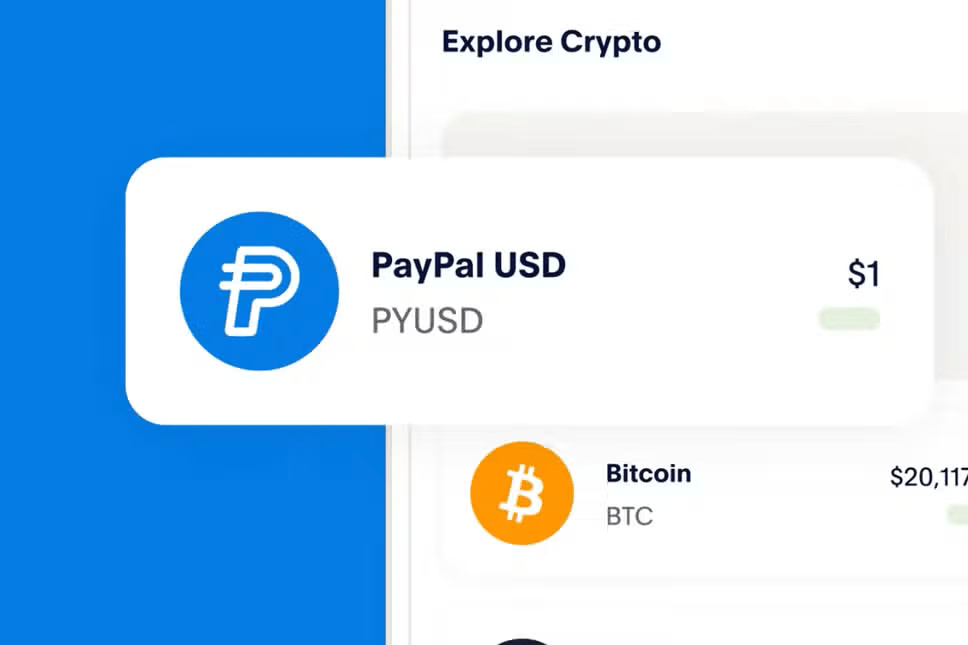

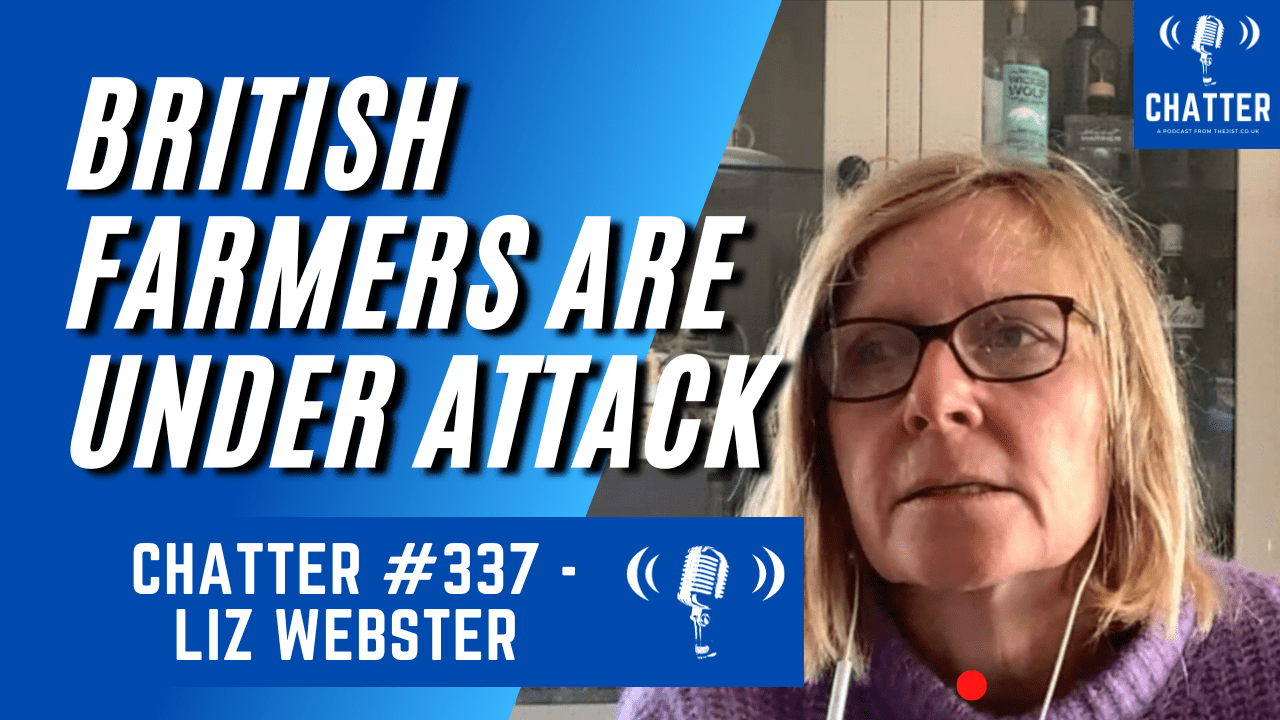

June 26, 2017 at 10:37 pmJudging by “step 1” in the title, I know you’ll accept there’s a lot more to it, so forgive me if I’m jumping the gun on further additions!
In truth, I just don’t think Translink are the problem, nor are pricing levels or strategies. If pricing was the issue, how can it be explained that lower income households are more likely to use public transport? Also, would better deals for longer term tickets not just discriminate against poorer people because you have to commit to much more money upfront?
As I say, we know it isn’t one-dimensional but I think our focus should be on the people who aren’t using public transport, or more specifically, car owners.
The reason why many people drive is because it’s much more convenient, not necessarily because of cost. That’s why I think the best way of changing modal behaviour would be to completely remove this convenience by introducing/increasing disincentives and barriers for drivers (congestion charges, parking restrictions etc.).
There are literally so many initiatives which already exist around the globe which could be implemented in Northern Ireland and any revenue raised could be ring-fenced and used to subsidise public transport services until they reach the optimum level – self-sufficiency!
June 27, 2017 at 2:07 amThere is certainly more to come, and what you mentioned would certainly be a part of encouraging people to use public transport rather than driving. However, we have to acknowledge that our public transport service is rather poor, even by UK standards, and that the high prices and infrequent or unreliable service only discourages people to use it. Thanks for your comment though, ultimately a perfect system would encompass both driver penalties and a high quality public transport system.
June 28, 2017 at 11:42 amDrivers have enough penalties as it is. If the public transport system is improved sufficiently, hammering the motorist still further shouldn’t be necessary.
June 27, 2017 at 3:12 pmCongestion fees and charges in NI would be a nice fast way to have a riot on your hands.
Motorists already pay eye watering levels of tax. 50p in the pound in fuel (and VAT also) in addition to tax on the car itself. Where else would you find any good with more than 50% tax on it?
People just don’t want to work around someone else’s schedule in order to sit on a smelly bus with a load of other people, never being sure of getting a seat and often not getting exactly where you need to go.
I’ve used public transport in NI for the last 15 years. It’s the reason I started learning to drive.
July 4, 2017 at 1:14 pmAn outstanding share! I have just forwarded this onto a co-worker who has been doing a little research on this. And he actually ordered me breakfast simply because I found it for him… lol. So let me reword this…. Thank YOU for the meal!! But yeah, thanks for spending the time to discuss this subject here on your web page.
July 6, 2017 at 11:51 pmGood info. Lucky me I ran across your website by accident (stumbleupon). I’ve book-marked it for later!
July 9, 2017 at 9:08 pmStep 1: Privitisation
Step 2: Let the free market work
Step 3: Save tax payers hundereds of millions of pound’s, reducing the burden of income tax slightly and giving them more money to spend as they please.
Step 4: Repeat the same process with the NHS and schools and Universities.
November 5, 2017 at 10:21 am… [Trackback]
[…] There you will find 88254 more Infos: thejist.co.uk/politics/uk/fix-translink-step-1/ […]